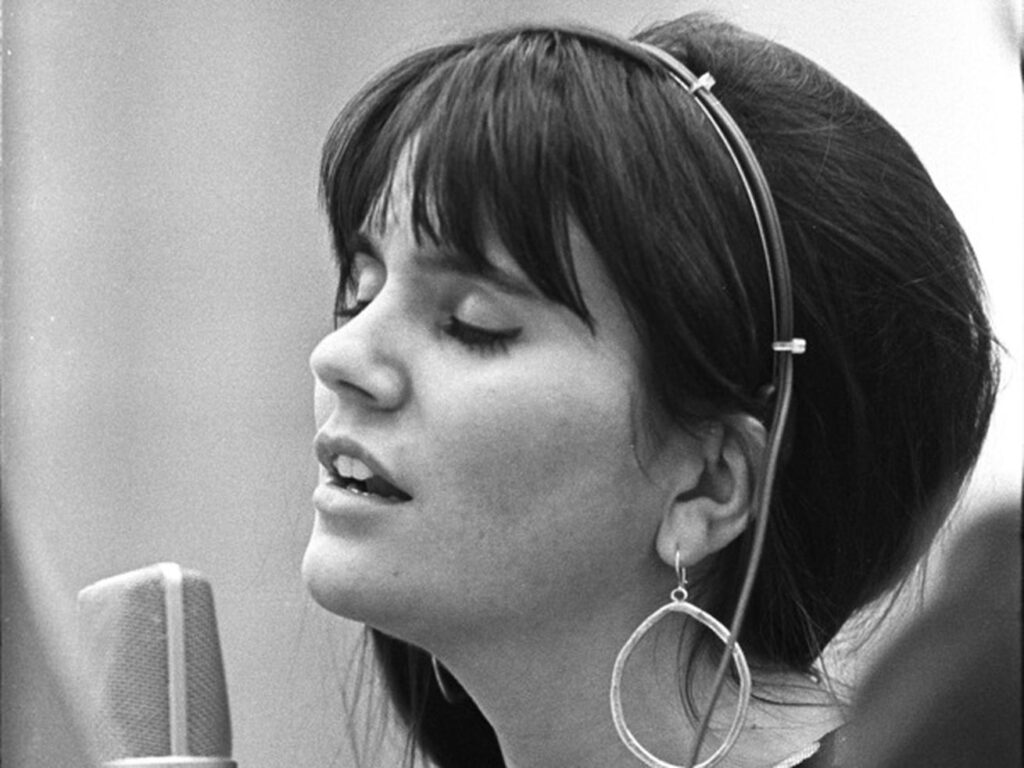
A Voice of Steel and Velvet: When Heartbreak Finds Its Anthem in Motion
When Linda Ronstadt released her rendition of “I Can’t Let Go” on the 1980 album Mad Love, it marked a striking moment in her evolution from country-rock sweetheart to new wave firebrand. The song—originally written by Chip Taylor and Al Gorgoni and first recorded by Evie Sands in 1965, then popularized by The Hollies the following year—was reborn through Ronstadt’s powerhouse vocals and gleaming production. While not released as a major single in the U.S., her version became one of the defining cuts from an album that climbed to No. 3 on the Billboard 200, earning both commercial success and critical intrigue for its bold stylistic departure. Mad Love, with its fusion of rock sharpness and pop sophistication, cemented Ronstadt’s reputation as a chameleon—an interpreter whose voice could ignite any genre it touched.
Ronstadt’s “I Can’t Let Go” lives at the intersection of desperation and determination, a place where emotional surrender becomes an act of willpower. Her interpretation reshapes the song’s core—a declaration of romantic fixation—into something almost gladiatorial. The arrangement, tight with electric guitars and crisp percussion, mirrors the pulse of late 1970s Los Angeles: sleek, modern, slightly dangerous. Yet amid this sonic sheen, her voice cuts through like a flare over dark water—vulnerable yet commanding, capturing that exquisite tension between control and collapse that only she could balance.
The song’s lineage gives it a remarkable sense of continuity within rock history. By the time Ronstadt approached it, “I Can’t Let Go” had already proven its resilience through multiple incarnations. Her version channels that history while updating its emotional vocabulary for a new era. Where The Hollies rendered it with British pop buoyancy, Ronstadt transforms it into something sharper-edged—a reflection of love’s persistence under pressure. In her hands, the lyric isn’t simply about clinging to affection; it becomes a confrontation with obsession itself. Every syllable feels like a struggle between memory and release.
Musically, Mad Love stands as one of Ronstadt’s most daring projects—a vivid response to the new wave movement that was reshaping rock in 1980. Surrounded by covers of Elvis Costello and others emblematic of that restless time, “I Can’t Let Go” serves as both homage and reinvention: an artifact that bridges mid-’60s Brill Building craftsmanship with post-punk precision. The song’s tight rhythm section, shimmering guitar work, and sleek production by Peter Asher provide an immaculate frame for her voice—still lush with warmth but sharpened by urgency.
To hear Ronstadt sing these lines is to witness emotional endurance transmuted into sound. She doesn’t just perform heartbreak; she architects it, layering defiance over desire until they become indistinguishable. In doing so, “I Can’t Let Go” becomes more than a cover—it becomes testimony to her enduring artistry: a declaration that even in letting go of genres or expectations, she could never let go of truth itself.